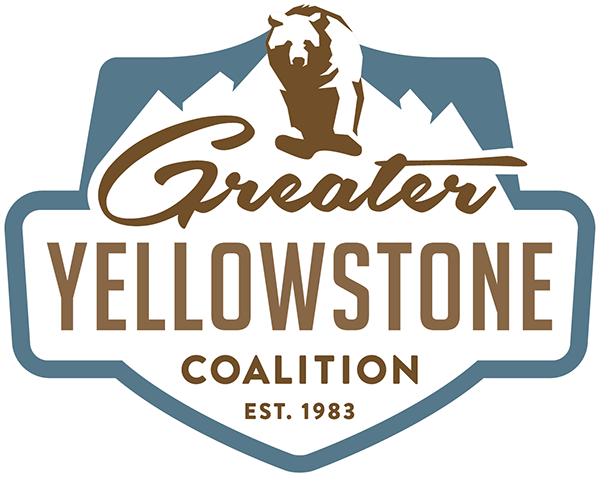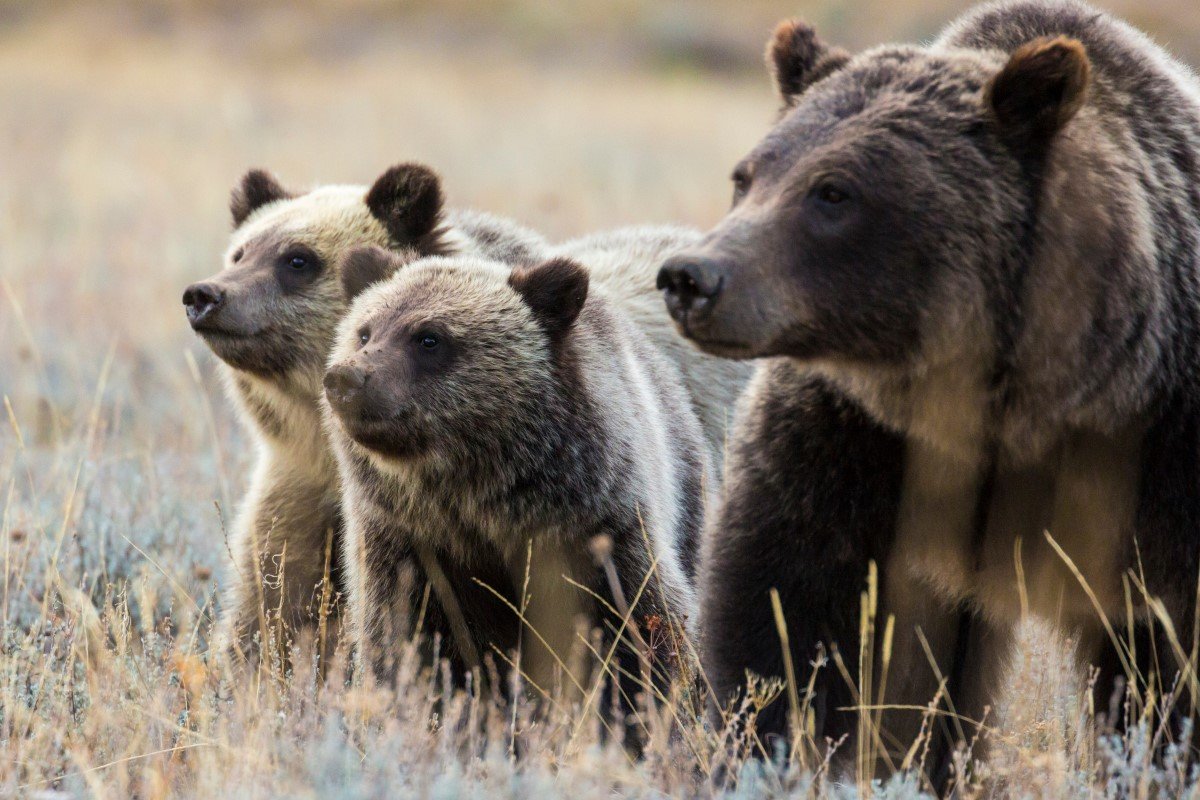
Whitebark Pine: A Grizzly Bear’s Superfood
At the high elevation reaches of Greater Yellowstone where the treeline begins to break into rocky peaks, the twisted, scaly trunks of whitebark pine trees thrive in some of the region’s harshest conditions. Although whitebark pine forests aren’t as abundant as other pines in Greater Yellowstone, the trees play an important role by providing high-calorie, nutritious seeds that help to sustain wildlife, including the grizzly bear. In fact, annual whitebark pine seed harvests are tied to grizzly bear fertility.
Whitebark pine trees forests are shrinking and disappearing across western North America due to the compounding impacts of disease caused by non-native white pine blister rust, mountain pine beetle outbreaks, wildfire, and drought. The species was listed as threatened under the Endangered Species Act in 2023.
Let’s get to know this Greater Yellowstone icon!
Whitebark pines are a high-elevation conifer tree that are intricately tied to the health of grizzly bears in Greater Yellowstone
Habitat and Range
Whitebark pine live in arid, subalpine areas across Greater Yellowstone’s mountains, above most other pines, where they are often exposed to strong winds and full sunlight. The species range spans southwest Canada south to the Sierra Nevada in California and east to northern Nevada and Wyoming.
Identification
While their height decreases at higher elevations, whitebark pines can grow up to 65 feet tall and often have curving, intertwined branches. Their stiff, yellow-green needles come in bundles of five and they have purplish, symmetrical seed cones.
Reproduction
These slow-growing trees take 25-30 years to begin producing cones—peak cone production begins between 60-80 years and can last for hundreds of years. Whitebark pines rely heavily on the Clark’s nutcracker for reproduction. The birds store the seeds in caches across varying terrain, allowing forgotten seeds to germinate.
Grizzly Bears
Whitebark pine seeds are a superfood for wildlife in Greater Yellowstone, especially grizzly bears, thanks to their high fat, protein, and important minerals like copper, zinc, iron, and calcium. In the fall, as grizzlies prepare for hibernation, they often find the seed caches stored by Clark’s nutcracker or other foragers like red squirrels.
The Interagency Grizzly Bear Study Team has tracked annual cone production and its correlation to grizzlies in Greater Yellowstone since 1980. Seed crops vary annually, but in good years, seeds can make up most of a bear’s diet. When seeds are abundant, grizzlies are more likely to forage in high-elevation areas where they face fewer human-bear conflicts and have better survival rates.







